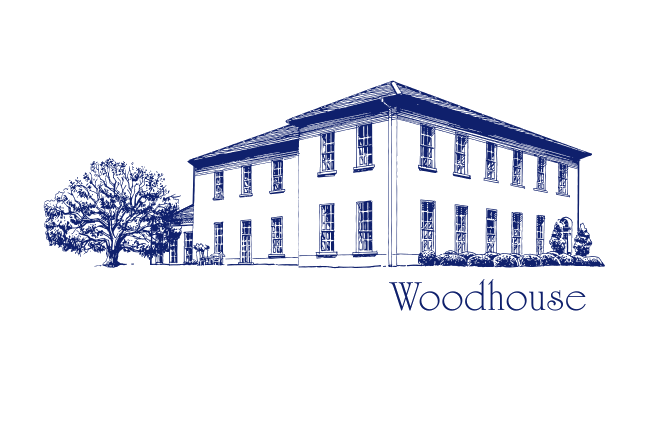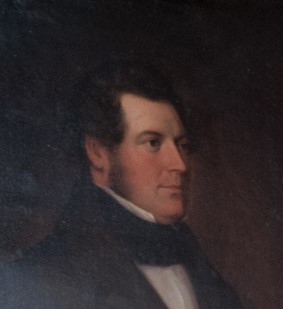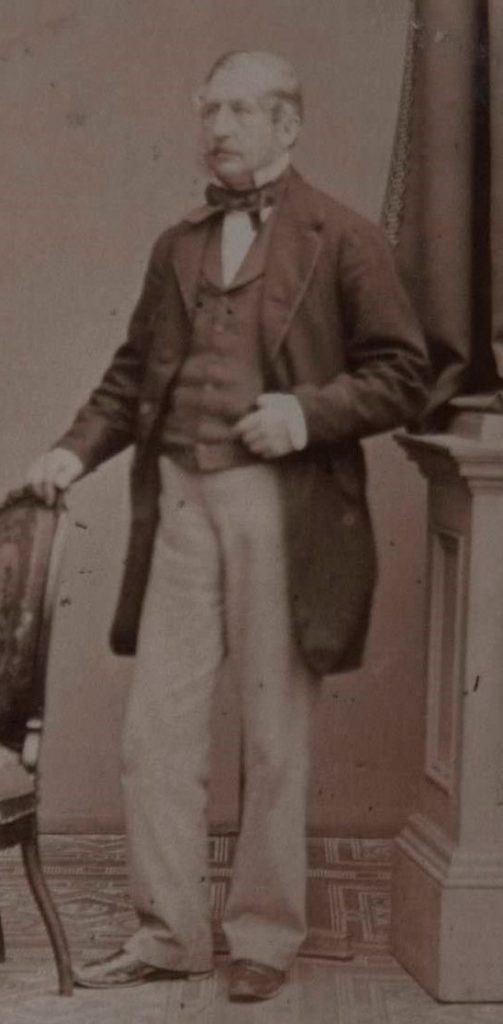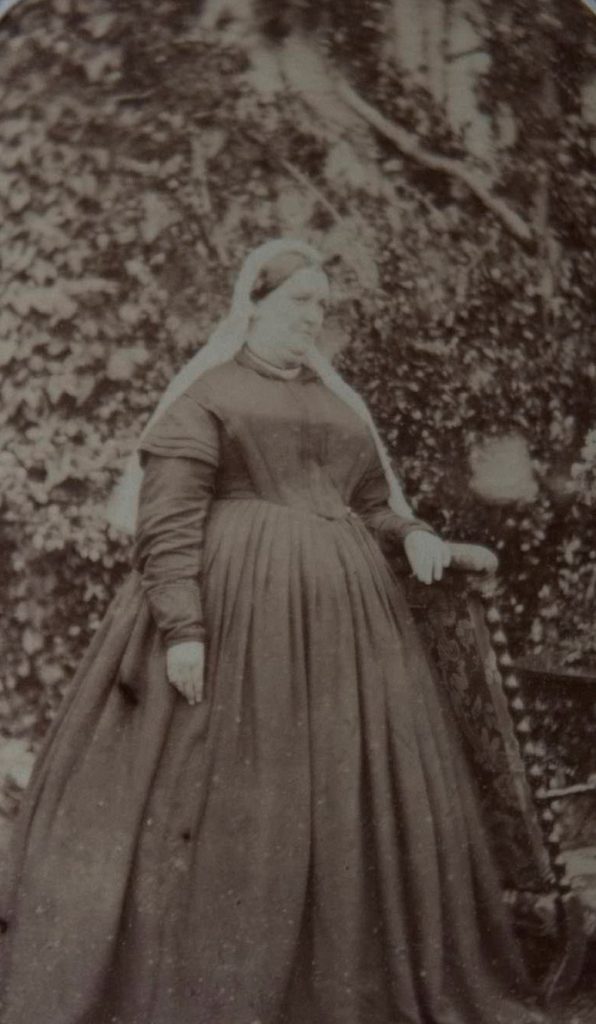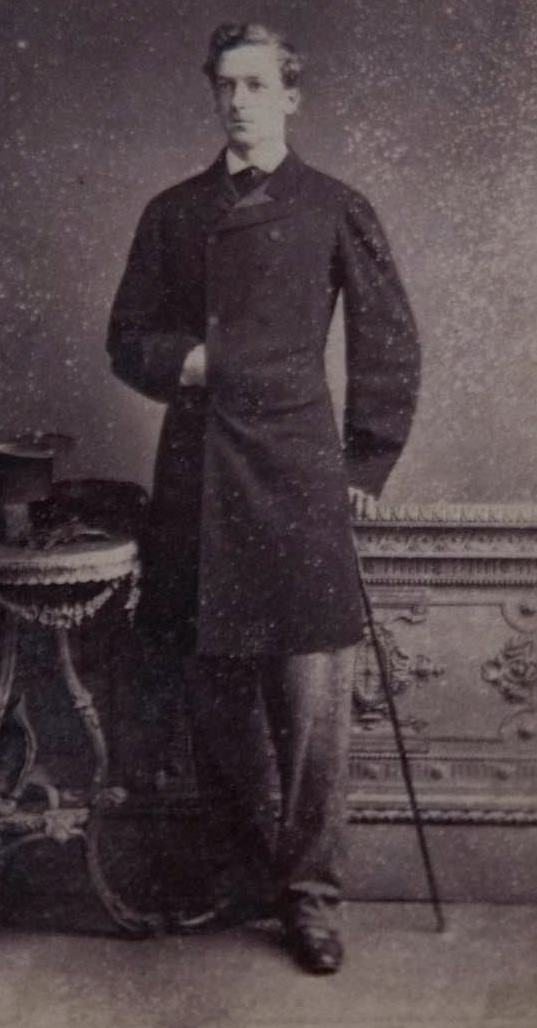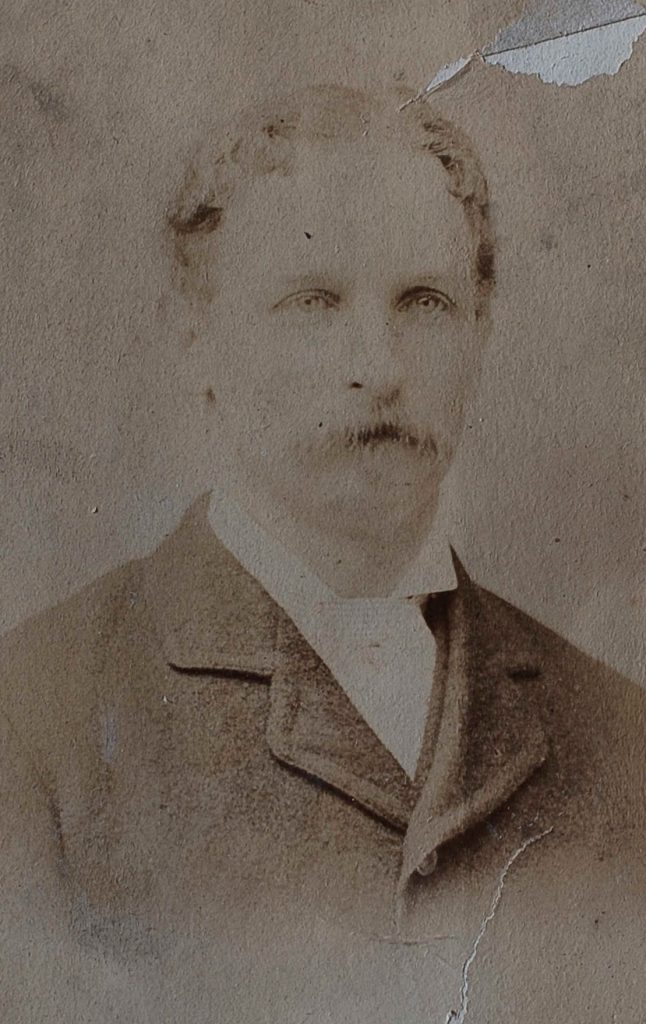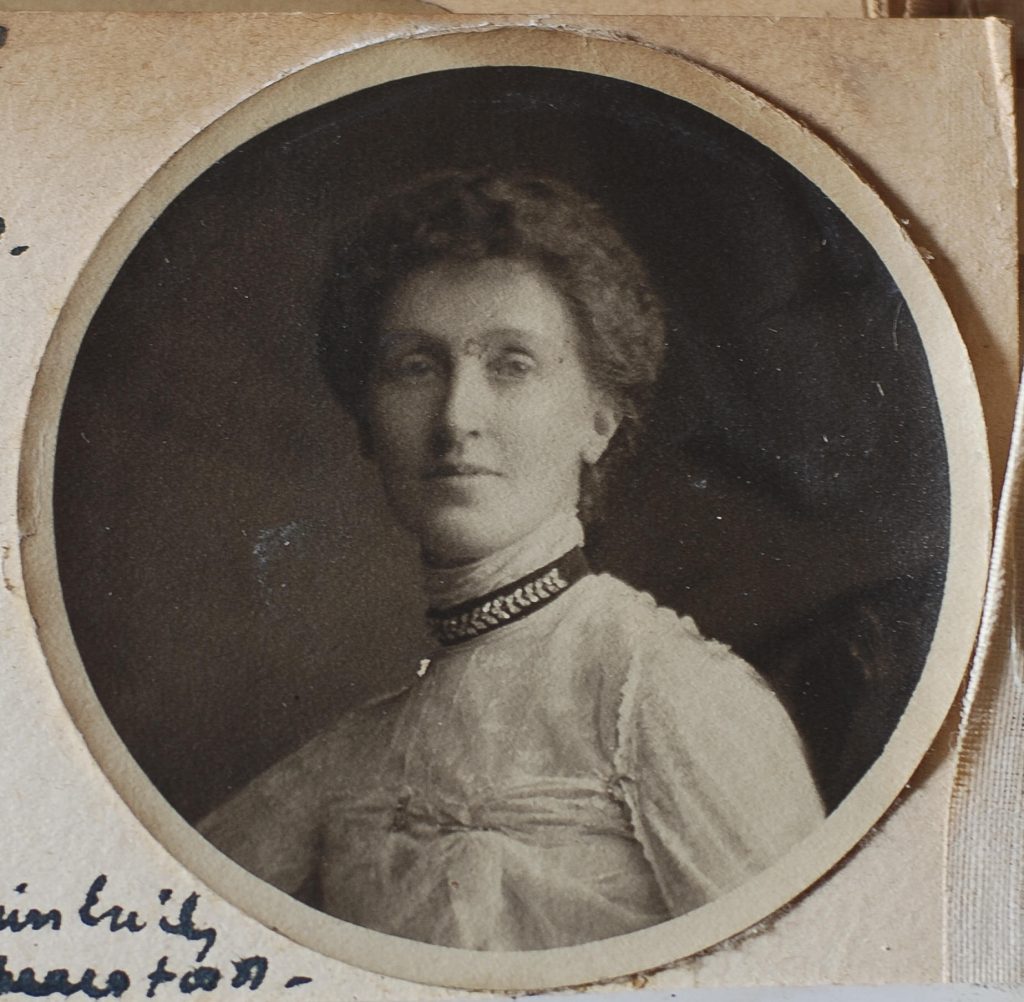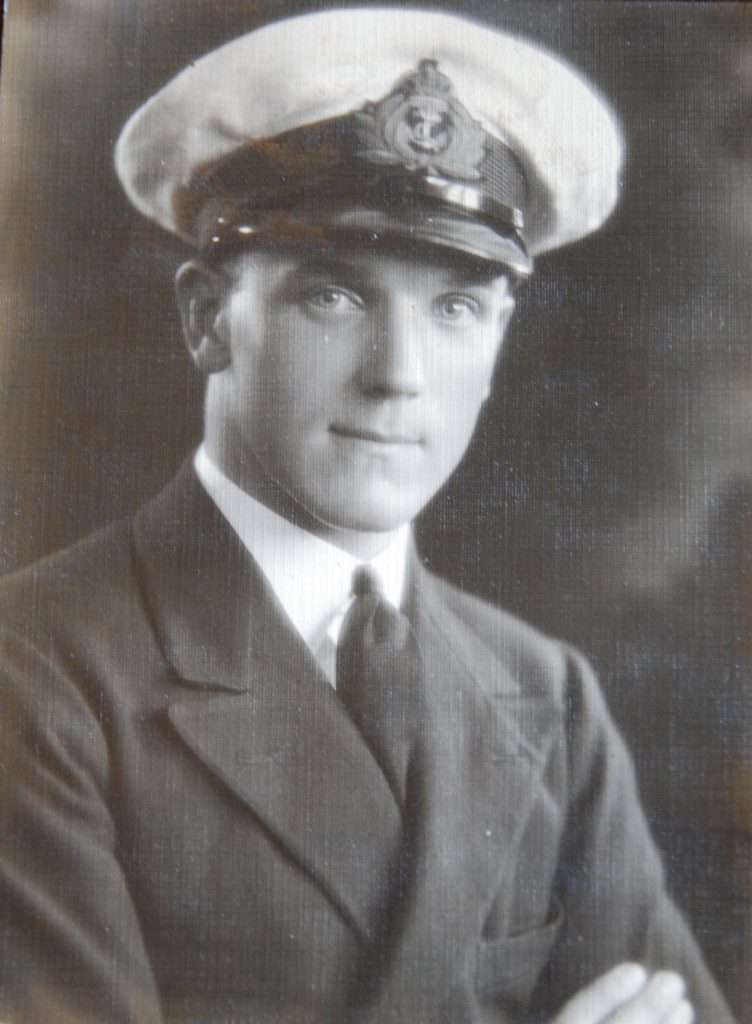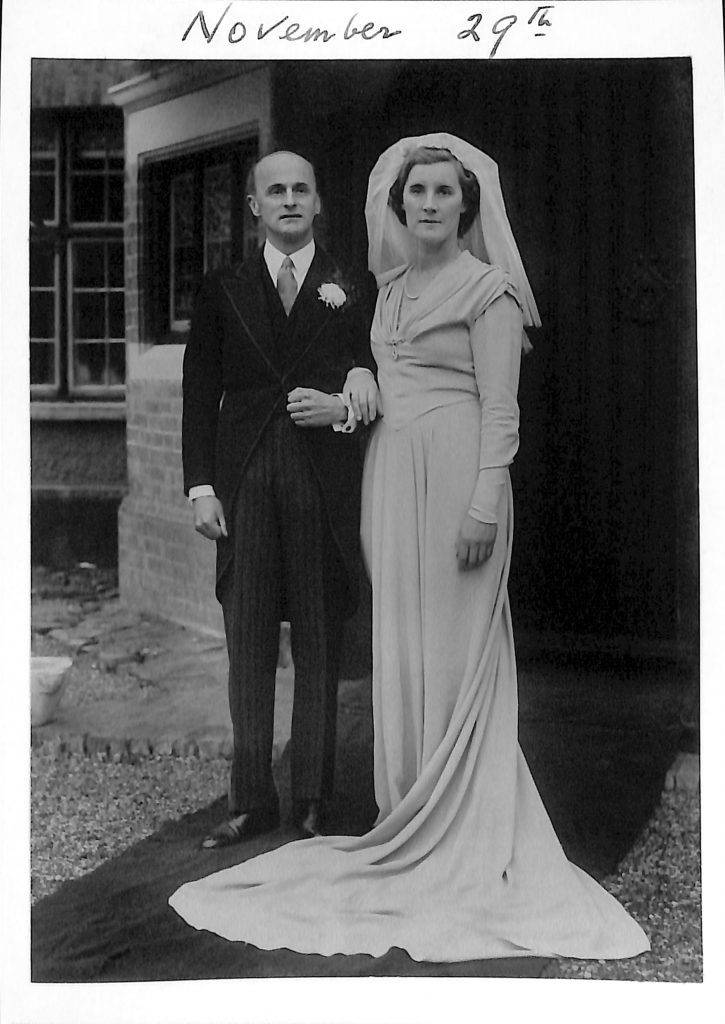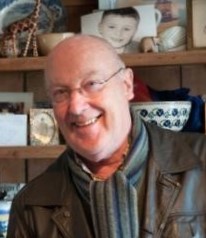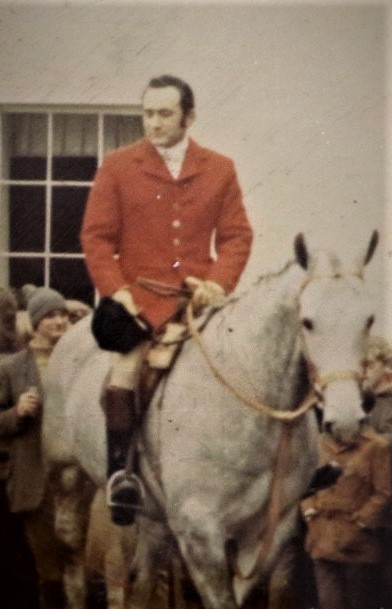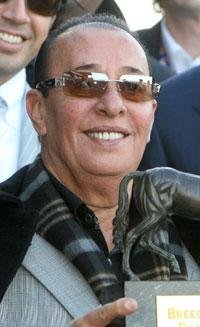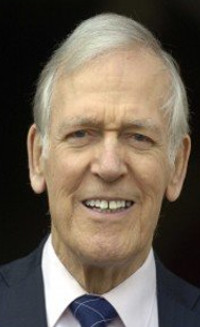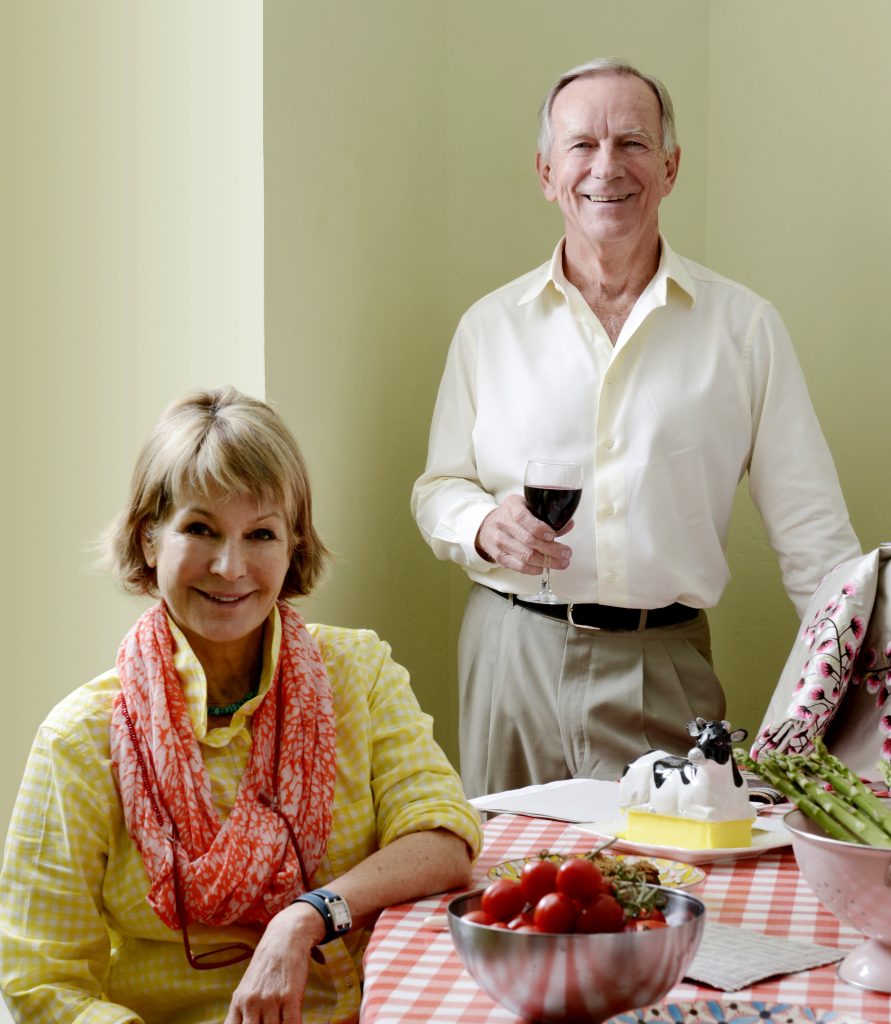Col. Robert Uniacke, MP. (1756-1802) was a Member of Parliament for the city of Youghal as well as being a Colonel of Waterford Militia and Surveyor General of the Ordnance. In 1776 he ordered a Survey Map of Woodhouse to be made for him and appointed Bernard Scale’s surveying company to accomplish this task. This book of maps survived until today and can be viewed at the Woodhouse Museum. This survey shows that Woodhouse consisted of 2400 acres at that time. In 1790 Col. Robert Uniacke, MP married Annette Constantia, daughter of John Beresford, the First Commissioner of the Revenue of Ireland, who was also the brother of George, 1st Marquess of Waterford. Robert and Annette had eight surviving children – two sons and six daughters.
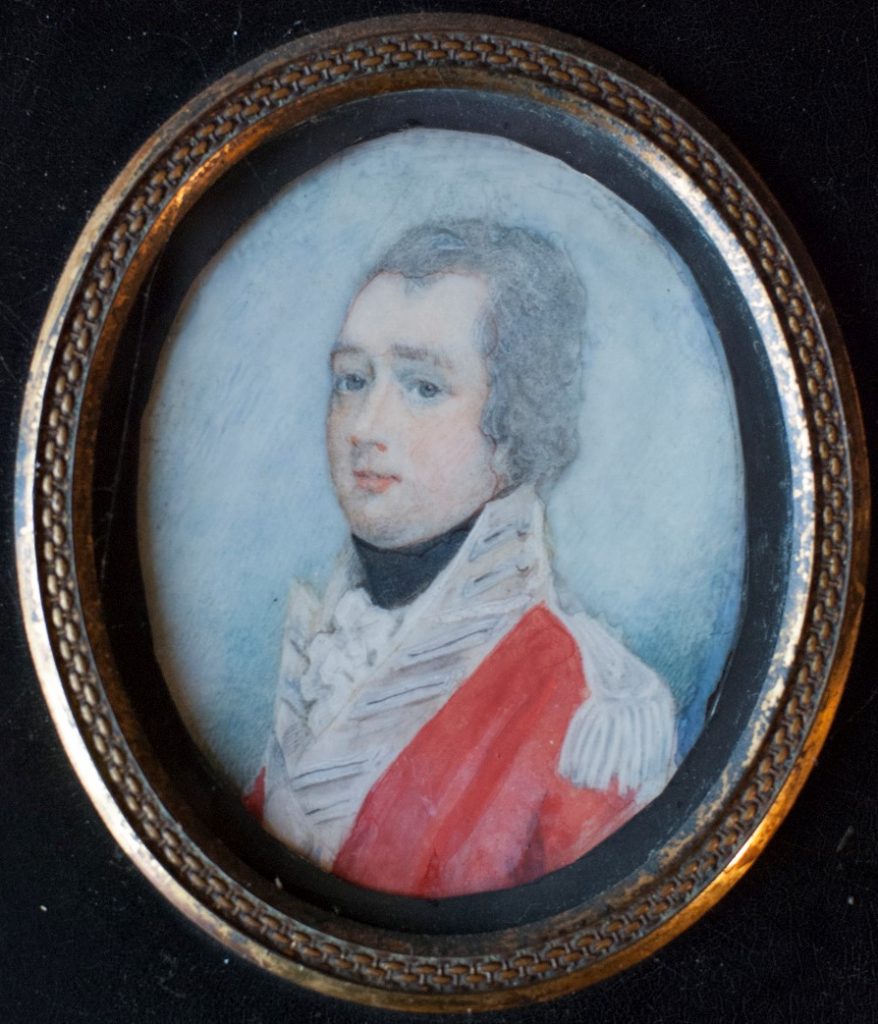
Col. Robert Uniacke, MP
of Woodhouse
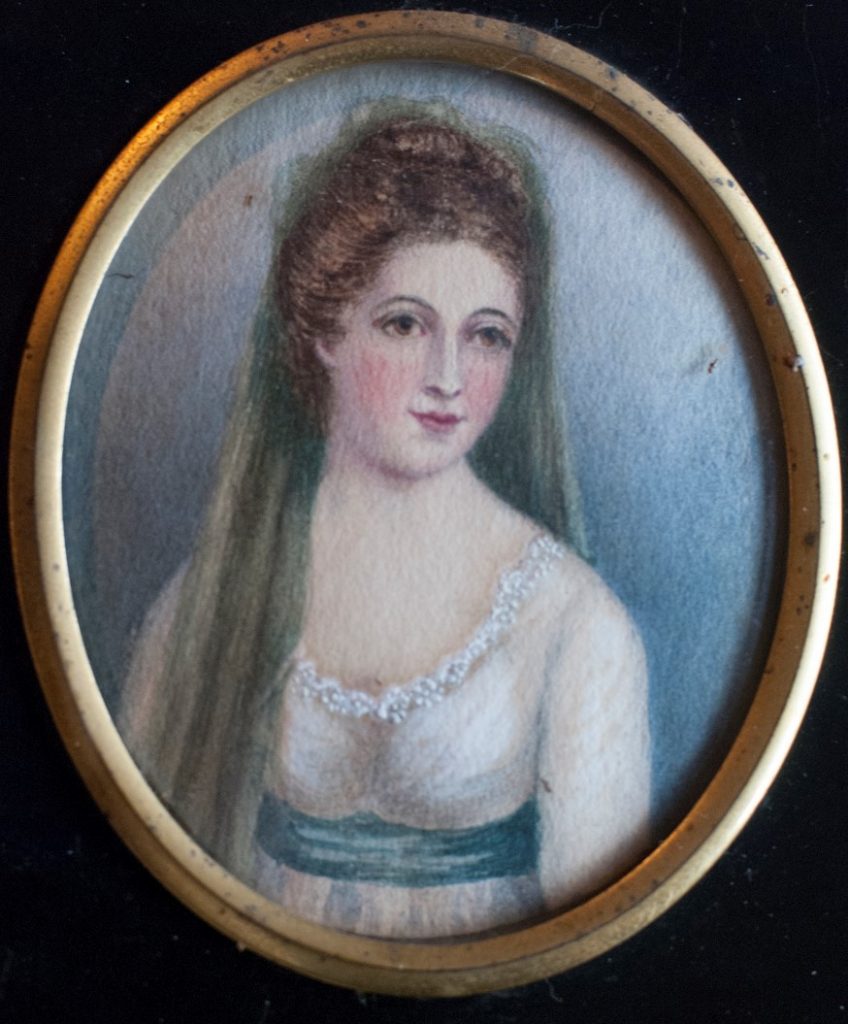
Annette Constantoia Beresford
wife of Col.Robert Uniake, MP
